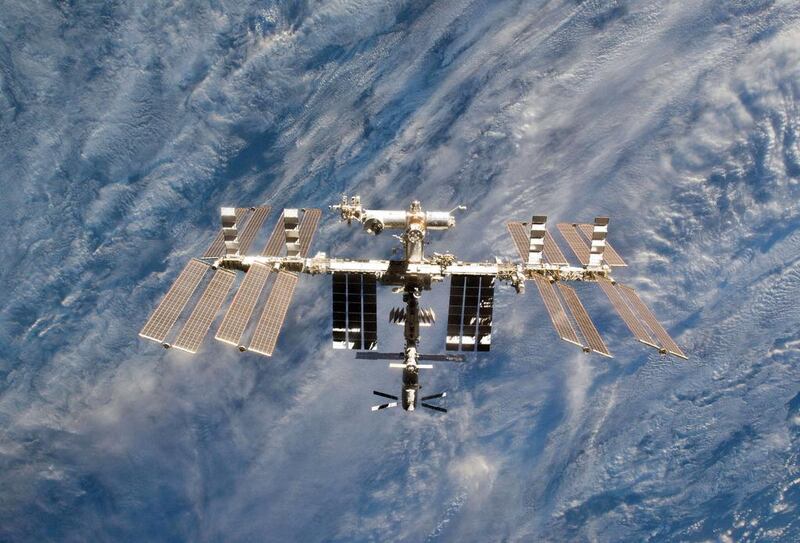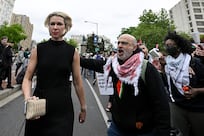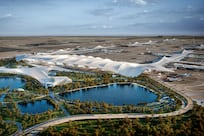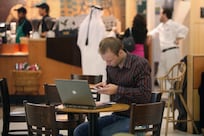Boeing has set its sights somewhat higher than those chasing the flying car dream such as Airbus and Uber – it aims to have its space taxi shuttling passengers into low-Earth orbit by 2019.
The US plane maker’s Starliner CST-100 is designed to take up to seven people into space, initially to the International Space Station (ISS) but the company envisages commercial travellers being ferried into orbit soon after the first crew flights to the ISS.
Nasa provided Boeing with an investment of US$4.2 billion in 2014 to build and fly the passenger spacecraft.
Already, Bigelow Aerospace and Space Adventures have been working with Boeing to advance space tourism. Other firms such as Elon Musk’s SpaceX and Sir Richard Branson’s Virgin Galactic are also in the market for space tourism. In February, Mr Musk announced two mystery space tourists put down a “significant deposit” with SpaceX to take a round-trip around the Moon. While it is extremely difficult to say how much they might have paid, it will certainly have been in the multiple millions of dollars each.
Nasa estimates that a round-trip to the ISS on the SpaceX Crew Dragon or the Boeing CST-100 Starliner would cost about US$58 million per person, according to the science journal The Verge.
Looking to the future, Brandon Setayesh, an engineer on the CST-100 programme, says that he sees spaceflight being as common as air travel is today.
“It’s very common to get a flight to go to another city, to go to another country within one day, within a few hours,” he says. “And so we plan to do that with commercial space travel.”
Siamak Ghofranian, a Boeing technical fellow, helped to develop a docking system for the Starliner, called the NDS, which has been tested in Alabama and Texas. The NDS is designed to dock with the Boeing-built International Docking Adapter, which was installed on the ISS during spacewalks by the Nasa astronauts Jeff Williams and Kate Rubins.
In January, Boeing unveiled the advanced new lightweight spacesuits that space tourists will sport aboard the Starliner space taxi during commercial trips to and from and the ISS and other low-Earth orbit destinations.
The signature “Boeing Blue” spacesuits are much lighter, as well as more flexible and comfortable compared to earlier generations of spacesuits, Boeing says.
“We slogged through some of the real engineering challenges and now we are getting to the point where those challenges are largely behind us and it’s time to get on to the rubber meeting the road,” says Chris Ferguson, a former Nasa Space Shuttle commander who now works for Boeing as a Starliner programme director.
The inaugural Starliner flight tests are slated to begin in 2018 under contract to Nasa. The first test flight will carry a crew of two. Soon after the crew size will grow to four when regular crew rotation flights to the ISS start as soon as 2019, to be followed by flights for up to seven fee-paying passengers.
“To me, it’s a very tangible sign that we are really moving forward and we are a lot closer than we’ve been,” Mr Ferguson says. “The next time we pull all this together, it might be when astronauts are climbing into the actual spacecraft.”
Boeing is currently manufacturing the Starliner spacecraft at the company’s Commercial Crew and Cargo Processing Facility at Nasa’s Kennedy Space Center in Florida.
While the space taxi will not ease congestion on the ground it is sure to be the ride of a lifetime – albeit it an extremely expensive one.
chnelson@thenational.ae
Follow The National's Business section on Twitter





